An aspiring Bangkok native tells the unforgettable story of his passion for photography and how he used his newfound skills and a Leica M6 to document a national disaster.
“My name is Preedee Ponchevin, but you can call me Dave. I was born in Bangkok, Thailand, I have a graduate degree in electrical engineering and I’m presently working as a software engineer. I spend every spare moment of my free time pursuing my love for photography and I recently completed a documentary project on the flooding that engulfed large sections of Thailand in 2011, including the human struggle and its aftermath. The initial questions and answers below should give you a clear picture of how photography became my abiding passion and how I came to record a momentous event in the life of my country. In part two I will get into the specifics of the images and the shooting techniques I used to achieve them.”
Q: What camera and equipment do you use?
A: I own a Leica M6 TTL and a 35mm f/2 Summicron-M. I also have a 50mm f/1.4 Summilux-R and a 90mm f/2 Summicron-R that I use with a Leica SLR. For my Thailand flood project, I used the M6 paired with 35mm Summicron as my main outfit. I chose this setup because of its small size, lightweight, and easy handling under extreme conditions, and also the superb color rendition, sharpness and contrast of the Leica 35mm Summicron-M lens.
Q: When did you develop an interest in photography?
A: I took my first step into the world of photography in early 2009. I had never thought about the possibility of taking real pictures before that. My first inspiration came when I saw a picture of a whale in the ocean taken by a friend of mine. I was shocked that someone who was not a professional photographer could shoot such an exciting photo. That’s how I was hooked into the amazing world of photography. As for my own work, I feel really happy when people see my pictures and are inspired ask me questions about them or specific elements in them.
Q: Are you a full-time photographer or would you describe yourself as a serious enthusiast?
A: For the moment, I’m not a full-time photographer professional or otherwise, but I’m trying to a build a portfolio. My areas of concentration are documentaries, photojournalism, street photography, portraits and fine art. I plan to use these genres as reference points for stepping into the world of professional photography. I would love to become a full-time photographer and I’m looking forward to working on documentaries around the world.
Q: Did you have any formal education in photography or were you self-taught. Who inspires you and your work?
A: It has been three years since I took up photography seriously and for the first two years I immersed myself in self-study, mostly via books and photography websites in my country (Thailand). Most of the websites I’ve visited do not offer very much about the art and art applications of photography. However, about a year ago I discovered a small website that goes by the name of shutter-j.com. It’s a gathering place for the new generation of photographers who want to develop their skills in photography in order to become professional photographers. We chat about a variety of subjects such as how to convey mood in pictures and how the elements of fine art apply to photography. Discussions like this give me more of a knowledge, love and appreciation of photography. I also get inspiration from seeing the work of local and foreign photographers. For locals, the contact is Mr. Yuttana Arschariyawinyoo, a staff member of the shutter-j.com. He was a former photographer and a photo editor for National Geographic, Thai Edition.
As for foreign photographers that inspire me, personally I’m in love with the street and fine art images shot by Alex Webb, David Alan Harvey and the portrait style of Steve McCurry. My favorite quote on art is by Pablo Picasso:
“Art is not the application of a rule of beauty but what the instinct and the brain can understand beyond any rule. When we love a woman we don’t start measuring her limbs.”
Q: Do you consider yourself more of a fine art photographer or would you describe yourself as a photojournalist, a portrait or street photographer, etc.?
A: I would like to call myself a street photographer, but I’m also trying to be more diverse and to branch out into all kinds of photography. For the Thai flood project most of the photos are essentially street photography, if you can call it street photography when the streets no longer exist.
Q: How did you first become interested in Leica?
A: It started when I wanted to buy a prime lens to use with my DSLR cameras. I saw some pictures on the Internet that were taken with the 35mm Leica R, and I appreciated the color, the contrast and the exquisite sharpness captured by the lenses. I decided then and there to buy myself a used Leica SLR. Before long I started to become more interested in photography of the film era and in the great photographers such as Rene Burri and Henri Cartier-Bresson. It was deeply impressed with the consistent accuracy and creativity expressed throughout their work. As I was digging into the history, I discovered that most photographers chose 35mm or 50mm Leica M lenses and Leica M system cameras as their primary cameras. I soon developed a fascination for the charm of Leica rangefinder cameras and I decided to buy myself a Leica M6 TTL paired with a 35mm f/2 Summicron-M lens. I found it to be amazingly small, light in weight and virtually unnoticeable compared to my DSLR system.
Q: There is something matter-of-fact, something amusing and something a little scary about your dynamic picture of rifle shooters at a carnival shooting gallery. Why did you take this picture, what does it mean to you, and what do you think it communicates to viewers?
A: This photo was taken at Wat Saket Tempe. It is part of the festival that happens every year around Loy Kra Thong Day in November. In this photo I wanted to show the falsity of the stereotype that girls and women can only play with dolls. I also like the feeling of the man in the orange shirt trying so hard to get the prize.
Q: Your slightly out-of-focus image of a young man with what looks like a chest tattoo or paint is very powerful and enigmatic and the body language of the subject and the bicycle in the background add to the sense of mystery. What, if anything, is this picture about and where did you take it?
A: At first glance it looks like this young man is painting himself, but if you look carefully you can see the strange proportion of the painting arm to his body. It is funny and beautiful at the same time. I shot this photo at Kao San Road, which is like another world to me. Many foreigners visit the bar, with lots of special events going on to promote the street — a target rich environment. What more can you ask for?
Q: Several of your street images were shot in very low light and the environment or setting is really the main subject and the human figures are in shadow or silhouette. Were you consciously trying to create a sense of mystery? What were you trying to convey about the place or the life of the people shown?
A: Feeling in the photograph is sometimes more important than seeing a photograph. In some photos by not seeing everything it can make you feel more. For example, in this photo you can see the angel in the back and just a little bit of a smile on the bride’s face. You can’t see them clearly enough to say who they are, but somehow the feeling of happiness and blessing are still shining trough.
Q: The black-and-white picture of a couple dancing, while a set of disembodied arms, one holding paper money bill, emerges mysteriously from the left, certainly captures a feeling of being in that place. Where was it and what was going on?
A: Kao San Road has a saying “The road is short, but the dream is very long”. This is another photo taken at Kao San Road. I had to use flash to boost the brightness of the scene. In this photo a group of university students are doing a street show in order to gather some donations to help less fortunate children so they can follow their dreams.
Q: We love the sense of visual tension and randomness in your beautiful picture of women in shawls arrayed on striped blue blankets and a mother and children interacting in the lower left-hand part of the frame. There is a nice tension between what looks like random cropping but is actually a very precise and effective composition. Another picture with a similar tension is your picture of a man in white robes reading a red-covered book. Do you agree, and can you comment on this?
A: The world is full randomness. I love to take a photo that leaves the viewer with some things to find. For the first photo, what I really want you to see is not a child greeting an adult, but it’s the foot of another child. At first it may look like the same child’s foot, but if you look carefully the angle is just not right. For the second image, the digital clock is the symbol of change, but religion and faith is timeless.
Q: How do you see your photography evolving over the next few years, and how do you think it has evolved since you began shooting with a Leica M6?
A: I think my photography is getting better and better every day, but to maintain the standards of oneself day in, day out that is the real challenge. For myself, I’m hoping to continue to moving forward and maybe some day I will get an international assignment. As I have said before, the Leica M6 helps me learn and grow in the craft of photography and to think more before I shoot.
Q: Are there any genres of photography other than street photography and photojournalism that you plan to explore, or any new places you would like to document?
A: For now I want to improve my skills in the street and documentary photography. In terms of places that I want to go, there are many, but India, Pakistan, Myanmar and China are the top of my list.
Q. What approach do you take with your photography or what does photography mean to you?
A. For some people photography may mean just pressing the shutter button, but I came into the world of photography with a different attitude. Photography gives me the opportunity to enter into other people’s lives. I would never dream of talking to a stranger and looking directly into their eyes were it not for my love of photography. It brings me out of myself. It is like a magical key unlocking the door to a wide and wonderful world.
-Leica Internet Team
You can see more of Preedee’s images on Flickriver.
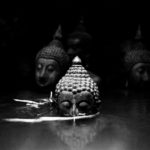
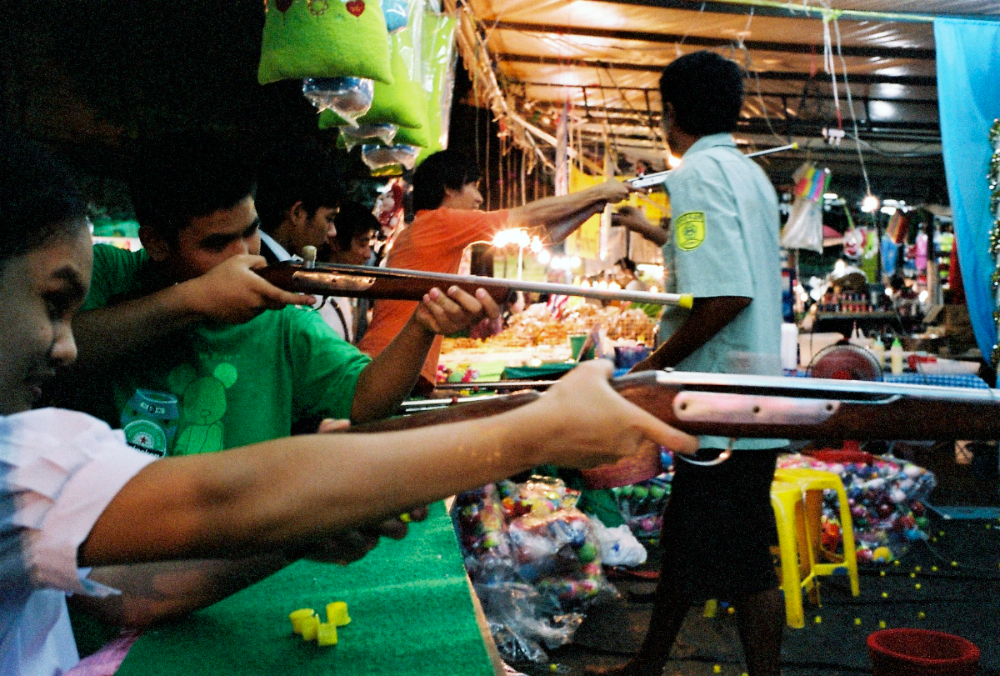

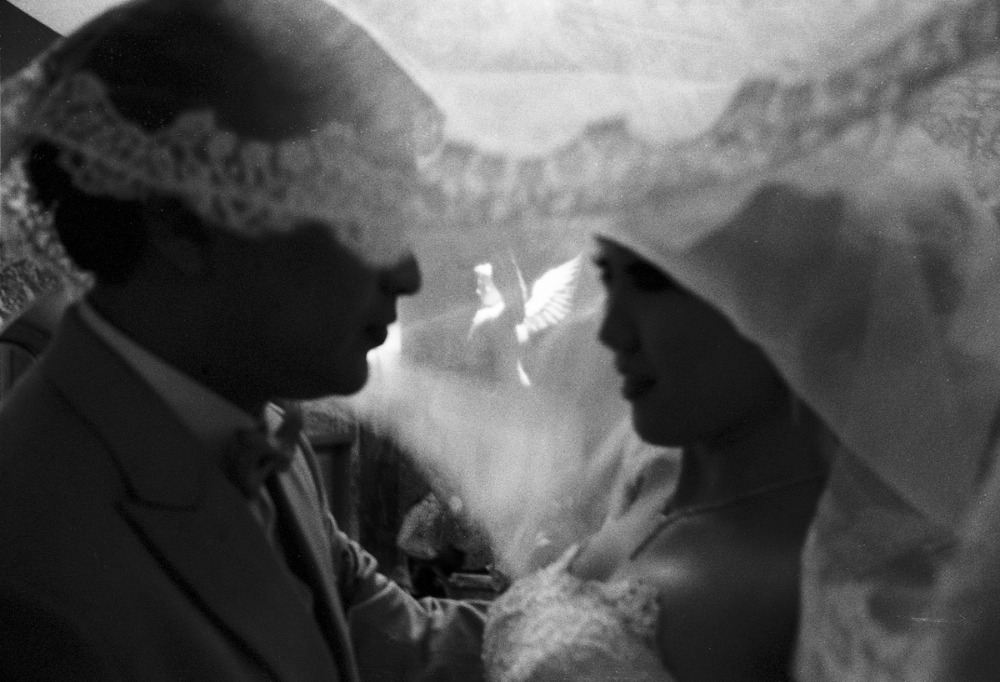
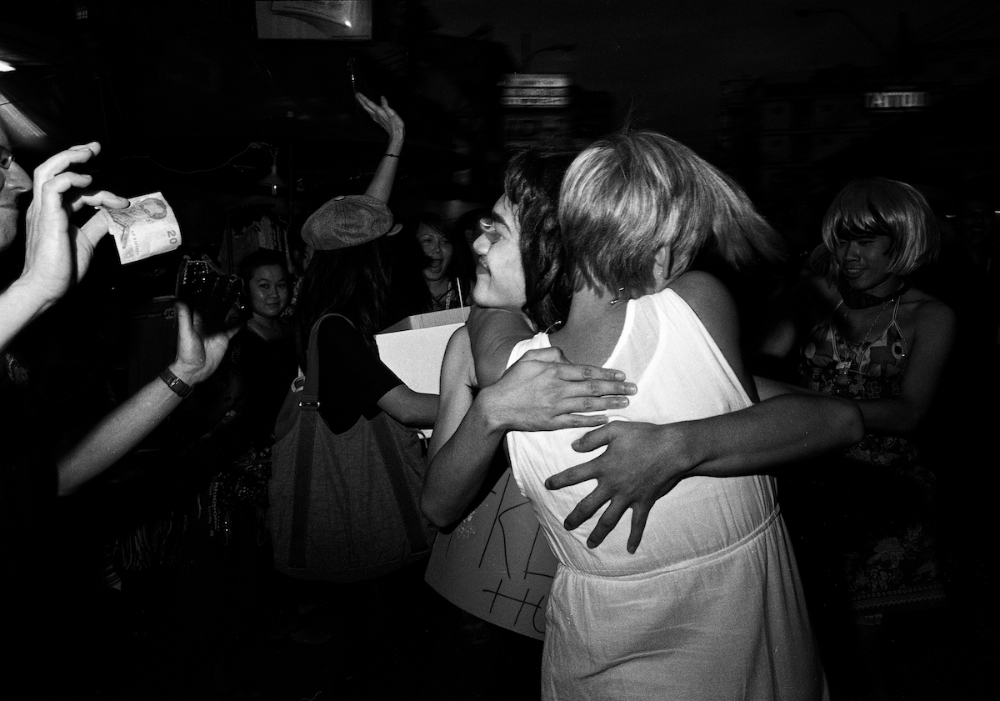

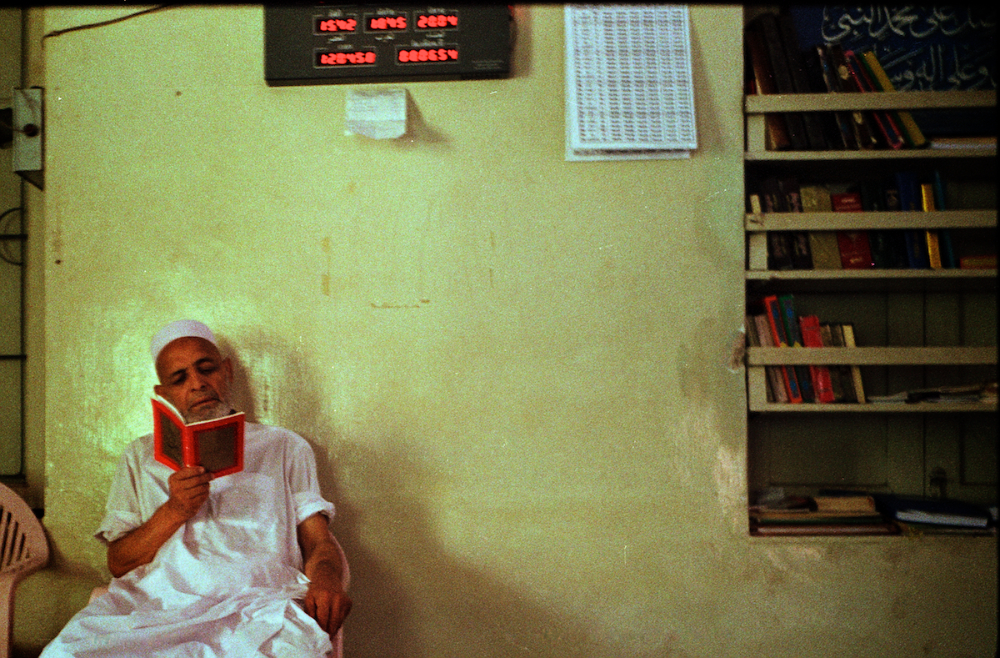
Comment (1)